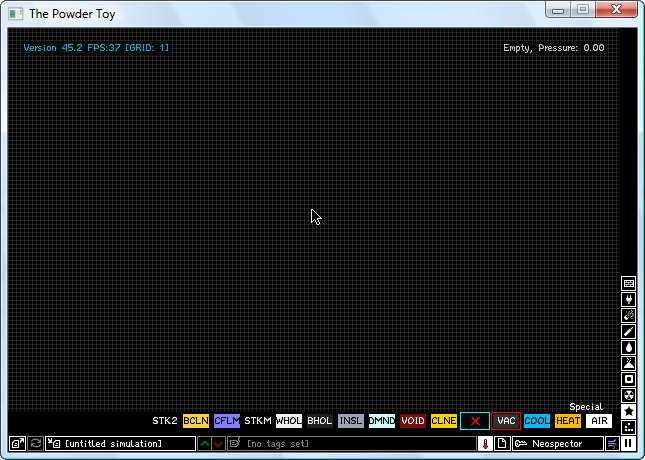

Therefore, these polycrystalline materials may exhibit weak mechanical stability, leading to undesired chemomechanical breakdown during battery cycling 26– 29. As a result, these unsynchronized local redox events collectively induce heterogeneous and anisotropic charge distribution, building up intergranular and intragranular stress 25. The redox reactions in individual grains typically do not proceed concurrently due to their distinct geometric locations in polycrystalline particles. Advanced high-capacity cathode materials for lithium (Li) ion and sodium (Na) ion batteries are mostly polycrystalline materials that exhibit complex charge distribution (the valence state distribution of the redox-active cations) due to the presence of numerous constituting grains and grain boundaries. The recent research progress, especially aided by advanced analytical techniques 6, has revealed that incomplete and heterogeneous redox reactions prevail in many electrode materials, such as olivine phosphates 7– 14, layered oxides 15– 20, spinel oxides 21, 22, and conversion materials 23, 24. The propagation of redox reactions governs the electrochemical properties of battery materials and their critical performance metrics in practical cells 3– 5. Understanding how redox reactions propagate can inform designing internal microstructures such that redox reactions can be fully accessed to deliver the desired functionalities. Solid state redox reactions are ubiquitous during ion reactions in batteries 1 and catalysts 2. This study provides an improved understanding of the charge distribution and chemomechanical properties of polycrystalline battery materials. The radially aligned grains create less tortuous lithium ion pathways, thus improving the charge homogeneity as statistically quantified from over 20 million nanodomains in polycrystalline particles.


Compared to the randomly oriented grains, the radially aligned grains exhibit a lower cell polarization and higher capacity retention upon battery cycling. While the holistic “surface-to-bulk” charge distribution prevails in polycrystalline particles, the crystallographic orientation-guided redox reaction governs the charge distribution in the local charged nanodomains. Herein, we elucidate the spatially resolved charge distribution in lithium layered oxides with different grain crystallographic arrangements and establish a model to quantify their charge distributions. However, probing the interplay between charge distribution, grain crystallographic orientation, and performance remains a daunting challenge. Architecting grain crystallographic orientation can modulate charge distribution and chemomechanical properties for enhancing the performance of polycrystalline battery materials. This is the one I've been using, that I can't make loop: segMin =. Your expression works, except it warps the triangles because it's not a uniform scale expression. I tried precomping the first column and then duplicate with expressions again, but that doesn't work because:ġ- Making all those a precomp, will cut off the part of them that's outside the screenĢ- It no longer treats each triangle as a separate thing.
PARTICLE PLAYGROUND GRID RANDOM SIZE HOW TO
The next step is figuring out how to keep duplicating to the right until they fill the screen. So I used these expressions to make the duplicates without having to align them. Or maybe just by wiggling radically, that’d happen already? As in if the scale can be dropped to 0% for instance. – When I get that done, I’ll use a fractal displacement map to control their opacity, so like in that picture, some of them disappear. – Each one, independently and randomly, changes size via uniform scale wiggle (unless there’s a better way?) So to explain better, what I want to see happen is: There’s a good chance I’m failing at putting these together. I’ve also found plenty of posts about uniform scale wiggle + loop, but I couldn’t get any of them to work because none of the replies I’ve found, have both the uniform scale + wiggle AND the loop in one tidy expression.
Unless there’s some expression or some other way to have it NOT do that? I’ve thought of doing it using repeaters, but that doesn’t work because whatever effect I apply to the original is going to get replicated to the copies. It just feels like I’m trying to brute-force something that probably has a better, smarter way to accomplish. Once in AE, I import, convert to layered comp and all that jazz.īut, since it’s so many of them, it’s tedious, slow and just… So the way I’m tackling it, is I create the triangles in Illustrator, then properly prepare for export into After Effects. I’m trying to achieve this (attached image).


 0 kommentar(er)
0 kommentar(er)
